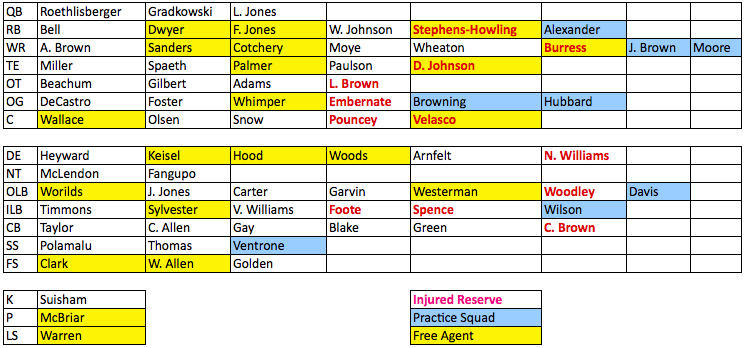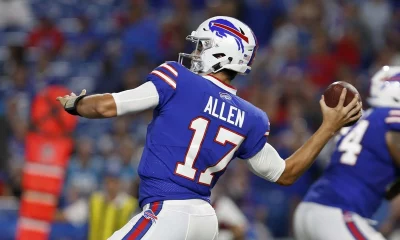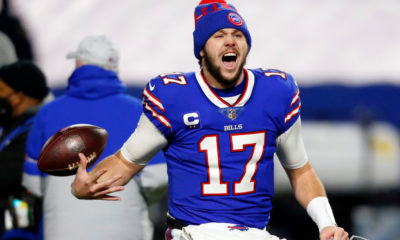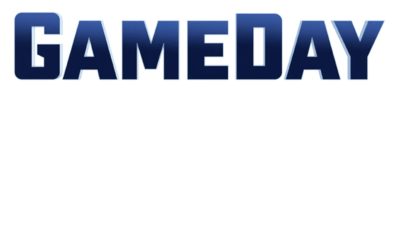
Any minute now, another NFL coach will pop off in the press about the loss of Player X, who’s vitally important to the future of the team, to a broken or torn appendage, soft tissue, or joint. Player X represent a huge loss, because the team just won’t have the same feel. It’s hard to quantify what losing Player X will do to the roster. Hopefully, they have the depth to overcome the loss of Player X.
And therein, folks, lies the meat among the bones.
Depth.
Good NFL rosters are replete with it at key positions, as any savvy NFL executive is aware that injuries happen, regardless of age, ability, intelligence, experience, or motivation (although age, ability, intelligence, experience, and motivation DO sometimes factor into injuries), and the better teams have viable personnel as alternatives. If not, well, the situation can become bleak rather quickly.
Two days ago, the Minnesota Vikings lost presumed starting quarterback Teddy Bridgewater to a season-if-not-career-ending knee injury. This leaves them grasping at such estimable possibilities as star-crossed Broncos QB Mark Sanchez or Browns venerable journeyman QB Josh McCown, both of whom, for entirely circumstantial reasons, will command a high price in draft bounty for their respective teams. The Vikings’ current option, polyester-armed octogenarian QB Shaun Hill, is a heady, well-regarded player…as a backup. Depending on Hill to start 16 games for a possible playoff contender is foolhardy at best, yet it appears the Vikings may go that route rather than be fleeced by opportunistic, greedy franchises.
Not that I particularly blame them. The best rosters, generally replete with talent and youth, are built through the draft and supplemented, if need be, with a few veterans for leadership purposes, either by free agency or longevity. Most of their key positions – skill players, primarily – run deeper from a talent perspective on the depth chart, as skill position players tend to suffer injury more often. Losing a starting quarterback, long considered the most important position on any football team, can be devastating, but slightly less so if a capable backup is in place.
Consider the Dallas Cowboys, who, in essentially in the same position as the Vikings, are presumably turning to Wunderkind rookie QB Dak Prescott to hold up a presumed playoff team until oft-injured holdover Tony Romo returns in 6 to 12 weeks. While Prescott has unquestionably shined during the preseason, no team likes the thought of turning over the reins of an offense to a player with minimal experience…which is precisely why Dallas has inquired about Sanchez and McCown.
Sometimes roster building backfires anyway, regardless of the model followed. The aforementioned Browns have been struggling to build a coherent roster for years, as poor drafting and talent evaluation has rendered them toothless for over a decade, give or take. Their latest regime is rolling the dice on a new approach, to some extent mirroring MLB’s “Moneyball” strategies in roster development while also placing a premium on stockpiling draft picks. It may work, it may not, but at this rate, it’s certainly worth trying something new.
A glance around the AFC North at large illustrates how important roster depth can be. The Steelers’ depth will be tested somewhat with the year-long absence of troubled wideout Martavis Bryant and the three-game absence of running back Le’Veon Bell, but the Steelers have drafted well on offense and should have the personnel to weather these deficiencies. The Ravens, after being devastated by injuries in 2015, are counting on a return to health by quarterback Joe Flacco, but have retained the presumably-capable Ryan Mallett – a 2015 late-season help – just to be safe. The Bengals are counting on newly-drafted wideout Tyler Boyd to fill the roster gap left with the departures of Mohamed Sanu and Marvin Jones.
And that’s just the AFC North. Leaguewide, general managers are scrambling, because no roster is safe from the injury bug.
(cues “Tubular Bells”)
Ever.



















Facebook
Twitter
RSS